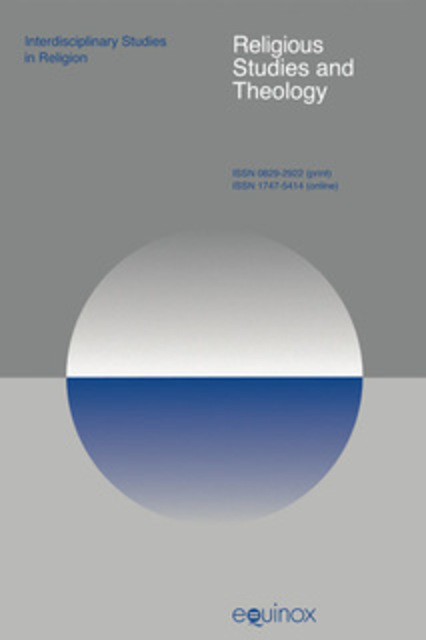Becoming a Hijabi Now? Identity Performances of Muslim Women in Canada

Full description
The hijab is an issue that feminists criticize, anthropologists interpret, religious authorities prescribe, and politicians and activists promote or oppose. This paper looks at how Muslim women in Canada perform their identity through starting to wear the hijab after arriving in Canada and argues that there is a wide array of reasons for the adoption of the hijab. A tool of liberation from the sex-object role, moral and religious justifications, a “shield” and “protection” from the secular lifestyle and some other women have used the headscarf as a symbol of defiance and resistance. This paper has done in-depth interviews with five young immigrant Muslim women who did not wear a headscarf in their country of origin but started to wear it after a few months living in Canada. To explain this complex behaviour the study recommends combining the strengths of Erving Goffman’s model of social interaction with Alejandro Portes and Rubén G. Rumbaut’s theory of reactive ethnicity.
- typeImage
- created on
- file formatjpeg
- file size36 KB
- container titleReligious Studies and Theology
- creatorFatemeh Mohammadi
- issn1747-5414 (online)
- issue37.1
- publisherEquinox Publishing Ltd.
- publisher placeSheffield, United Kingdom
- rightsEquinox Publishing Ltd.
- volume
- doi
We use cookies to analyze our traffic. Please decide if you are willing to accept cookies from our website. You can change this setting anytime in Privacy Settings.
